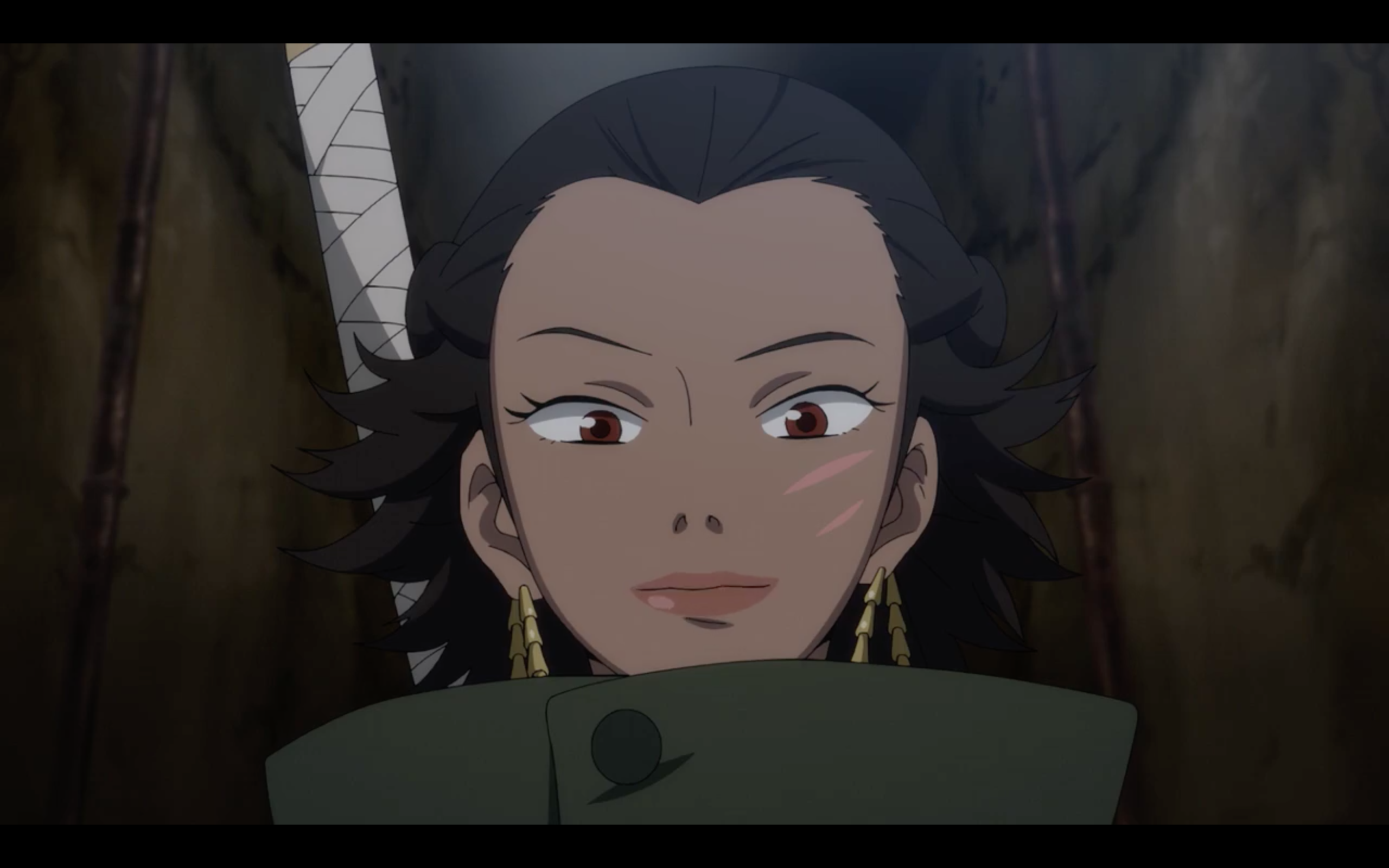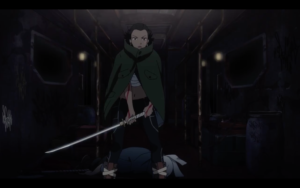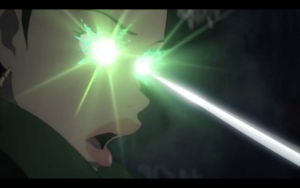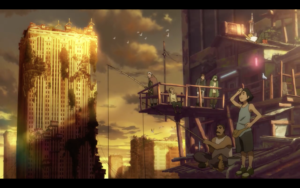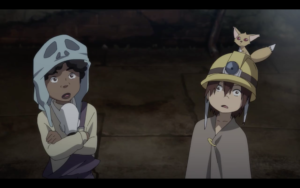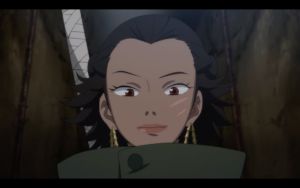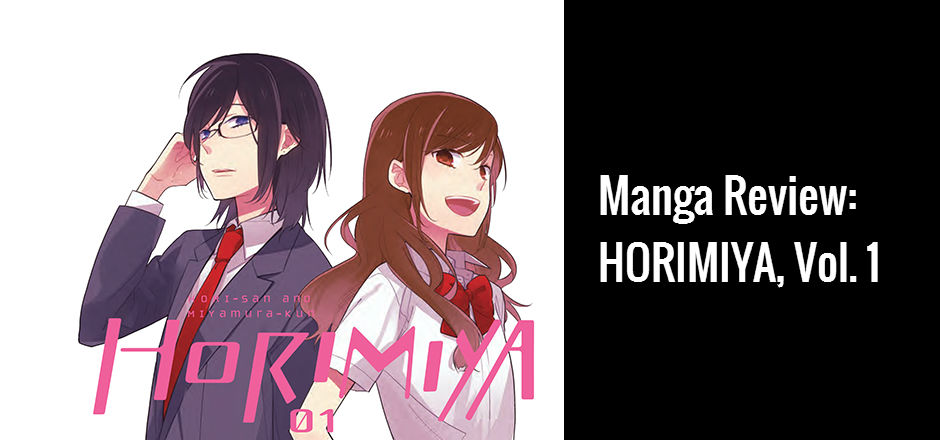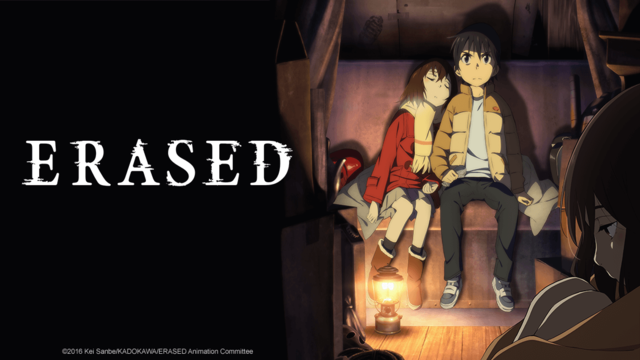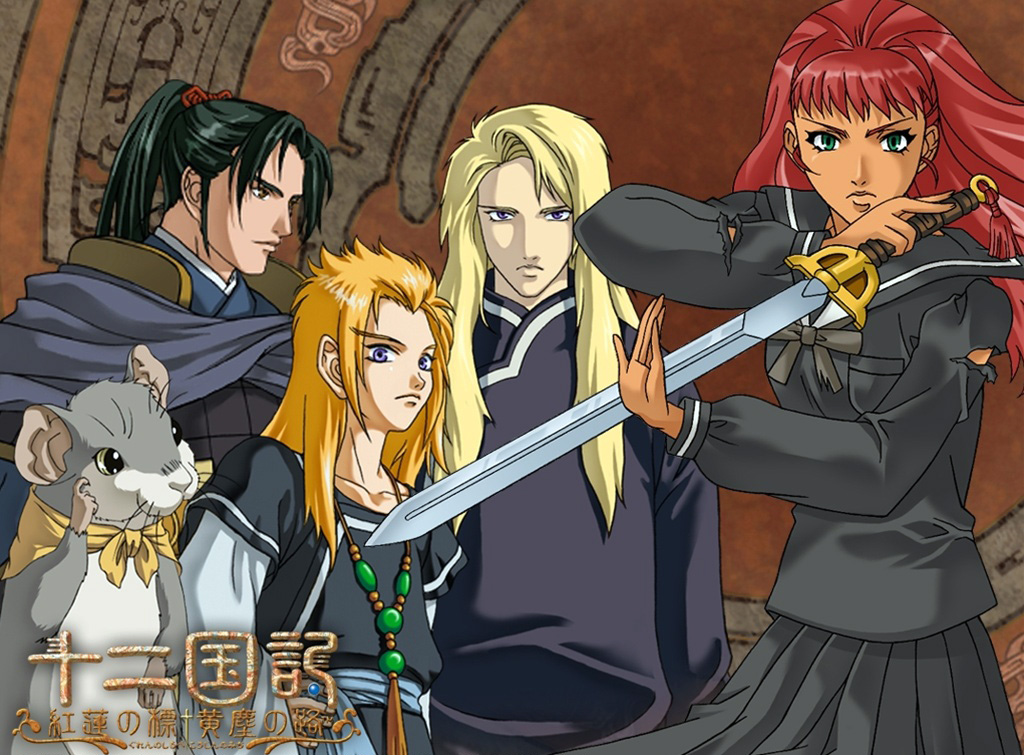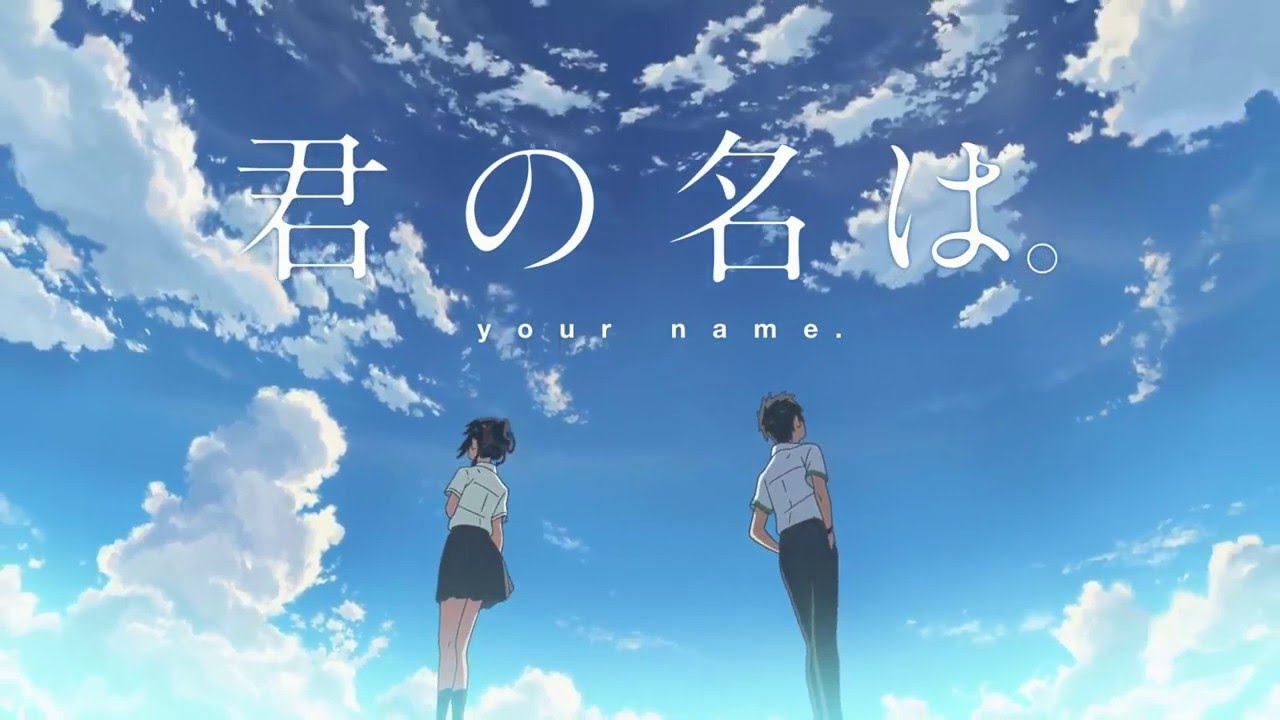Every season of anime brings something new to the table yet at the same time continues to hammer fanservice, stereotypes, and plots ruined by genre into our heads. We’ve seen the same characters, stories, and settings – though anime studios tweak them just a bit so they’re not carbon-copies of hit shows such as Sword Art Online or Attack on Titan. While some anime fans enjoy the same old tropes, others are searching for unique and refreshing content.
On July 26, 2017, a 14-minute original anime premiered in 300 theaters across North America called Children of Ether as part of Crunchyroll’s Anime Movie Night. While the duration is shorter than most anime, it’s an original production – and Crunchyroll’s first – that grabs viewers’ attention for various reasons. The most significant reason is that the lead protagonist is a brown-skinned woman.
Directed by LeSean Thomas (Black Dynamite, Legend of Korra, The Boondocks), Children of Ether puts brown people of color at the forefront of a medium that chiefly favors white or Japanese people both onscreen and behind the scenes. As an African-American TV animation producer, director, animator, comic book artist, writer, character designer, and storyboard artist, Thomas has come across many successes in his career such as crowdfunding his own comic book, Cannon Busters, into an anime pilot episode in 2016. Netflix even picked the show up for a 12-episode run, but has yet to announce a release date.
According to Crunchyroll’s summary, Children of Ether “follows Rhonda, a woman with a dark past and a mysterious power, as she is pursued by an unknown assailant after the death of her father. Aided only by her wits and a pair of orphans, Rhonda journeys through a decaying, dystopian metropolis populated by raiders, gangs, and the supernatural. As she struggles to survive in this harsh urban tangle, she meets both friends and enemies, and searches for answers about this power, ‘The Ether’, awakening within her.”
If you’ve seen Children of Ether, you’ll immediately notice that there aren’t any Japanese voice actors, hence no subtitles for the English-speaking audience. Instead, Rhonda is voiced by Camille Winbush, who’s known for her role as Vanessa on The Bernie Mac Show. While the war rages among fans about whether subs or dubs are better, the fact that a black woman plays the role of a black anime character reinforces the authenticity and accuracy of representation. I mean, how many times have we seen anime in which foreigners visiting Japan suddenly speak the native language fluently?
The show itself creates a setting in which background characters are also POC. With the recent and historically successful Black Panther, it’s obvious that seeing stories and settings in which black characters take leading roles is a huge deal for the black community. Thomas conveyed in an interview with Colorlines that it’s so much of a big deal that non-black folks might feel unsettled because they’re so used to seeing themselves represented as the popular norm.
When I watched Children of Ether, I was immediately lured in by the action sequences and mystery behind Rhonda’s power. Despite having this power, she’s not invincible, as the show doesn’t mind giving her an injury that forces her to run away from the enemy. Overpowered protagonists who never run from a fight are a tired but popular trope in anime, but seeing Rhonda’s helplessness allowed me to believe in the humaneness of her character.
The show also presents two children, Pint and Copper, with the latter an acclaimed doctor who’s a 13-year-old girl. Initially, I thought Copper was a boy, but later appreciated the thoughtful character design because it’s making a statement that young girls can become doctors or geniuses regardless of age or gender; they also don’t have to conform to wearing dresses or makeup. Instead, Copper adorns an ambiguous appearance, and only when Pint refers to her as “she” is her gender revealed.
Thomas couldn’t have launched the project on his own without an impressive staff that he personally recruited: character designer Hiroshi Shimizu (Michiko & Hatchin), storyboard director Shingo Natsume (One Punch Man), animation director Yûichi Takahashi (Gatchaman Crowds Insight), and animator Mituo Iso (Neon Genesis Evangelion). The studio that animated Children of Ether is Yapiko Animation.
While representation is important now more than ever, Thomas is more concerned about the production and reception of his projects. Pointing out that lead characters are black or racially ambiguous is “a bit redundant and overzealous,” according to his interview with Bleeding Cool. He also mentioned that it’s not just about representation but also about the quality of the work. If it’s poorly produced, then so will the representation.
A lot of anime that takes place in Japan with Japanese characters make sense – Japan’s population is considered 98.5% ethnic Japanese, so viewers might wonder why there should be diversity in anime. Thomas views his settings and characters as normal, which is why he doesn’t blatantly push for representation. Anime doesn’t have to be specific to Japan when Western animators like Thomas are inspired by Japanese animation and have interest and passion in creating their own anime.
There’s been a surge of anime fans in recent years due to streaming services licensing and distributing anime for international viewers. Crunchyroll and Netflix are both producing original anime, with the latter planning 30 new anime this year. As more people dive into anime from different parts of the world, the need to see characters similar to them in the medium grows.
The success of Black Panther gives me hope that Children of Ether will announce a full series. Crunchyroll and Thomas have yet to release more details, but the 14-minute presentation was enough for me to crave more details and time spent with Rhonda and the other characters.
You can watch Children of Ether on Crunchyroll and follow LeSean Thomas’s Twitter for announcements or updates on current or upcoming projects.
[coffee]
